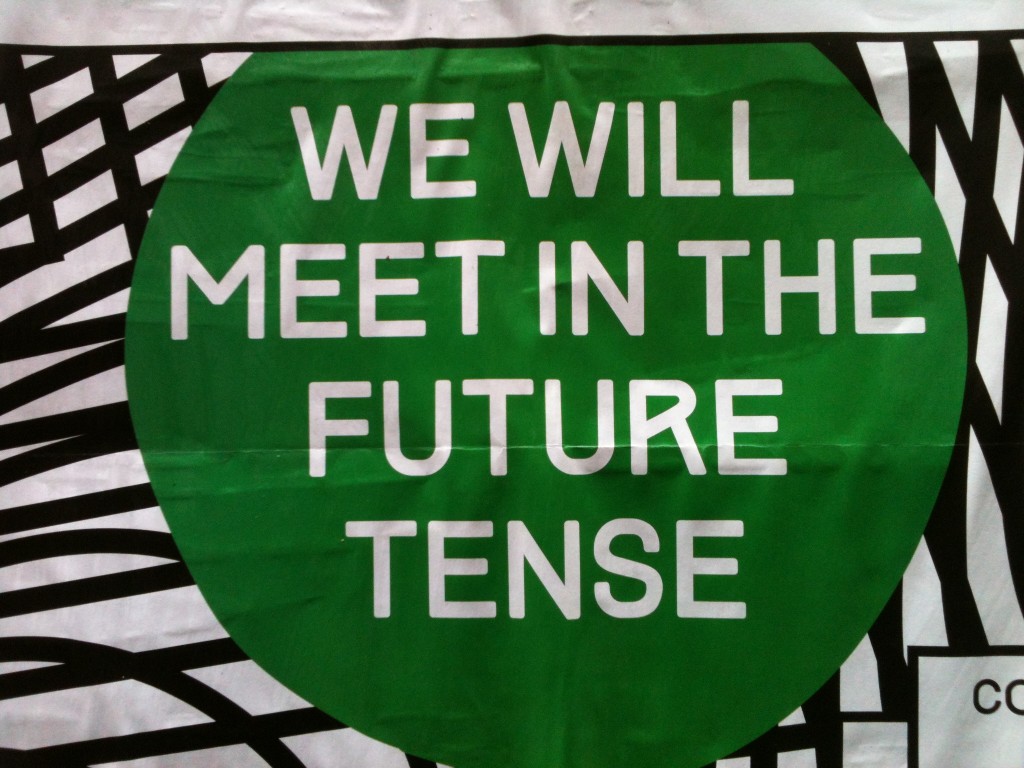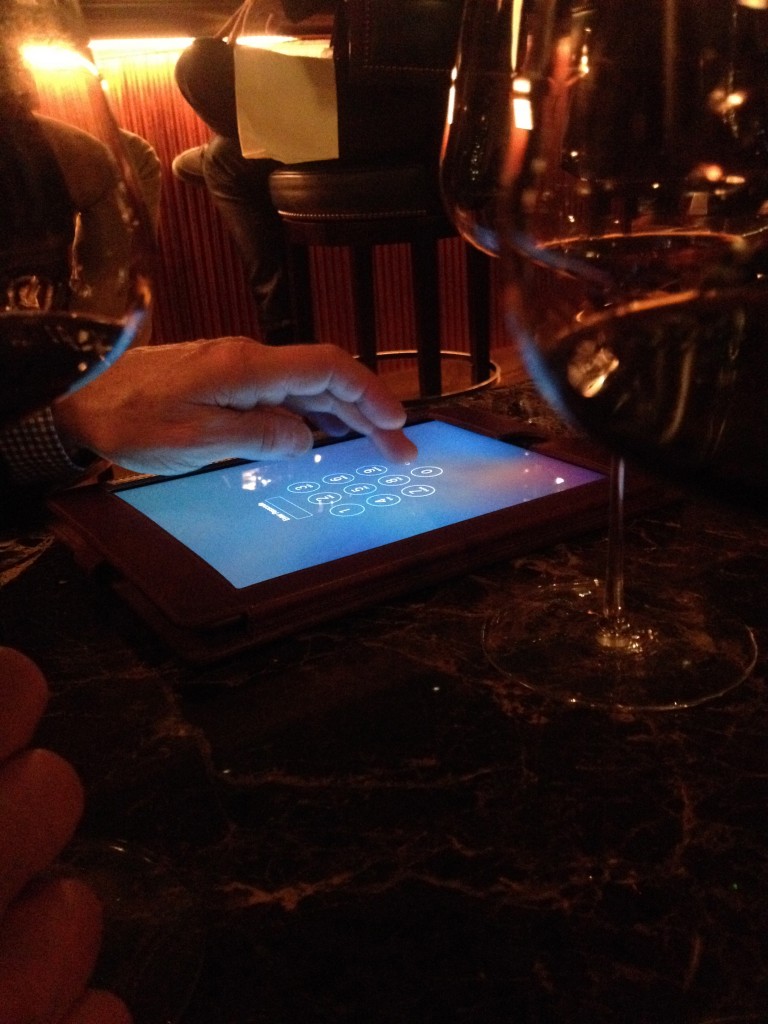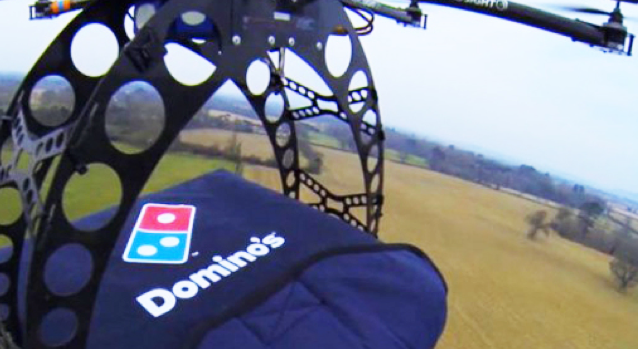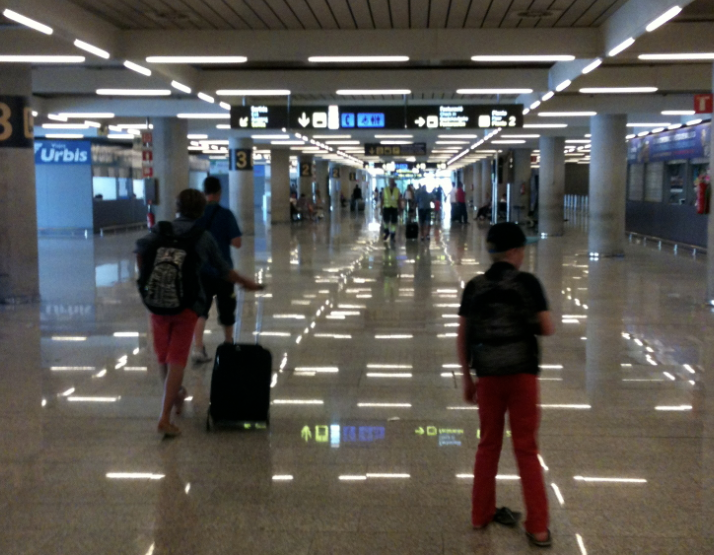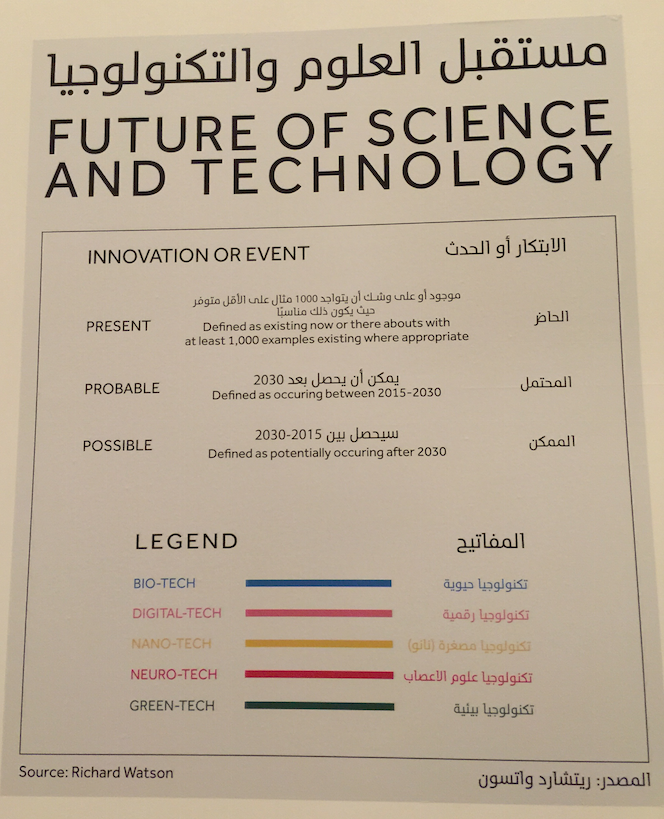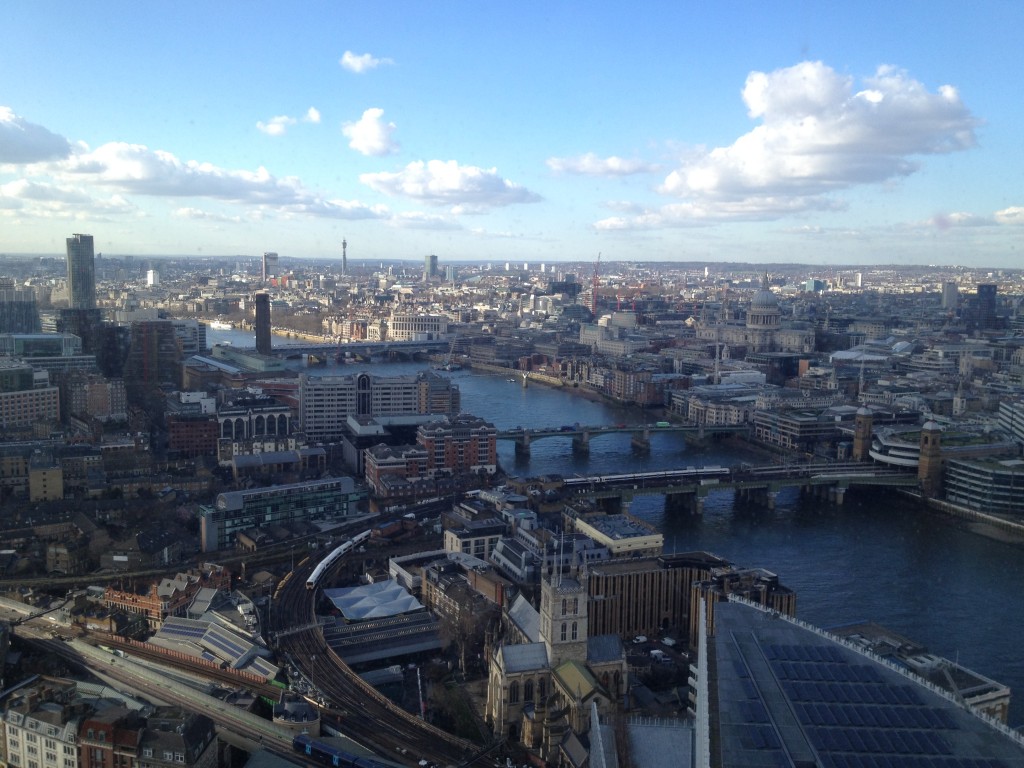
Further to my post earlier this month about London’s best thinking spaces I’ve been thinking, appropriately, about some further places to think. But it’s become exceedingly obvious that this subject could be split into two or even three distinct parts. My original post was, I suppose, about inspiring places to hold idea generation meetings in London. But I think there’s also a need for places where individuals can think alone – without the need for Post-it notes. And then there are places where individuals might want to think about things that have nothing whatsoever to do with work – spiritual places perhaps.
I’ll get to the last set of places in due course (maybe), but here’s a more comprehensive list for the first two. BTW, if you’re wondering where I’m writing this, the answer is the 41st floor of The Shard, the tallest building in the European Union (image above and entry later on below).
London’s best places to hold inspirational meetings*
The wine cellar at the Stamford Hotel
You might need to like wine for this to work, but if it’s an unusual venue you after for a medium-large dinner this 380-year-old cellar might be it (see image below).
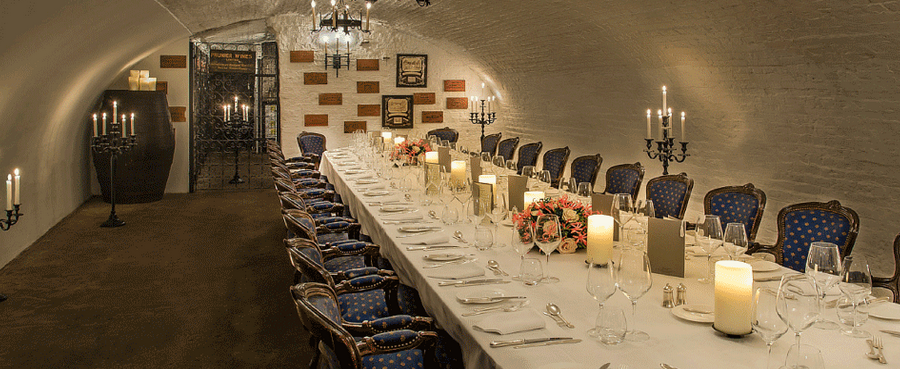
The material’s library, University College, London, WC1
If you’re a designer and you want to be around inspiring people and materials try this (below) as something a little bit different.
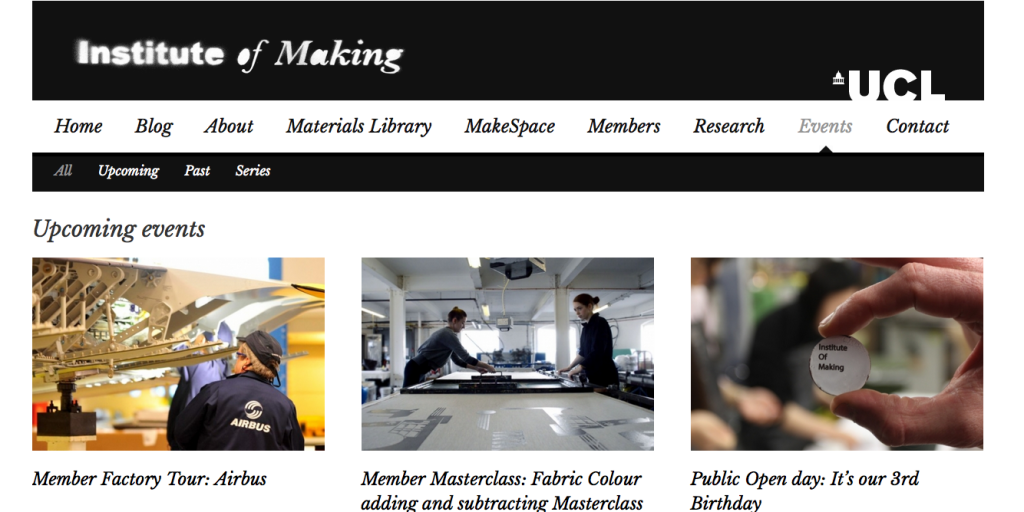
The solar shuttle on the serpentine, Serpentine Lake, Hyde Park, W2
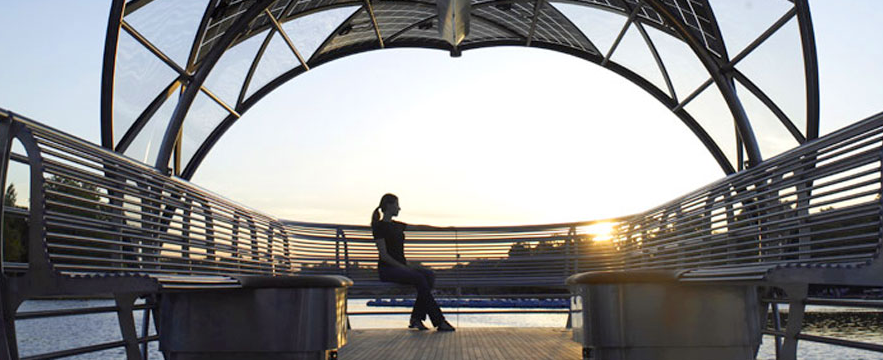
Slightly bonkers, but why not hire the whole thing (above) and go for a float on a nice day. Ideas need to be agreed by the time your time runs out.
The rooftop bar at Boundary, 2-4 Boundary Street, E2
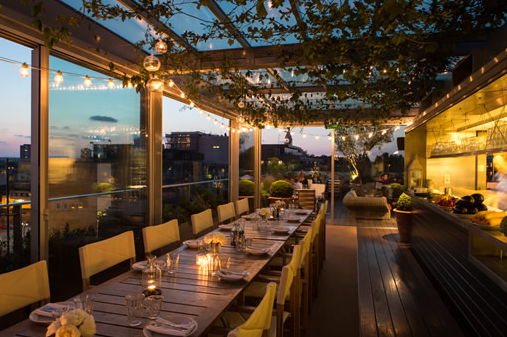
Again, if you want some fresh air to fuel your thinking try this rooftop in Hackney (above).
The rooftop Terrace at Madison, 1 New Change St, St Paul’s, EC4

And another (above).
The Kensington Roof Gardens, London, W8
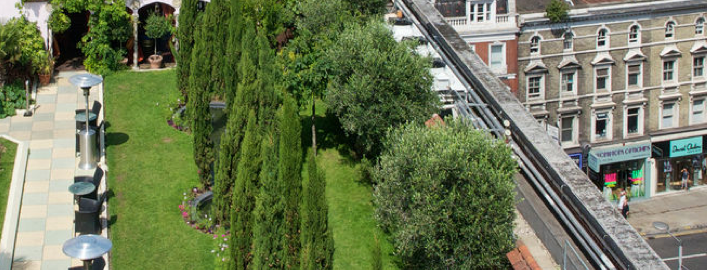
And another…if you’ve got a bigger budget (Kensington roof gardens above)
The Skybar (and private room) at the Gerkin (Searcy’s).
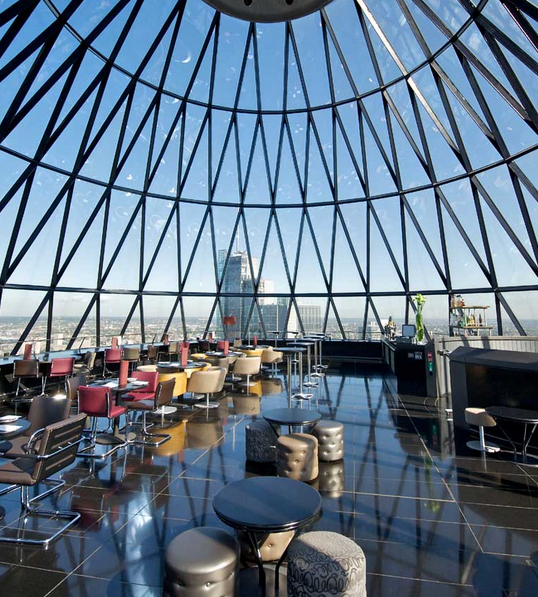
The top of the Gerkin (above) has some great spaces. I did a catered breakfast talk here for PWC and it worked really well.
Inner Temple Hall, EC4
London’s livery companies are worth a look if you want a sense of history (I’ve spoken at Stationers Hall twice) as is Inner Temple. Temple Hall (below).
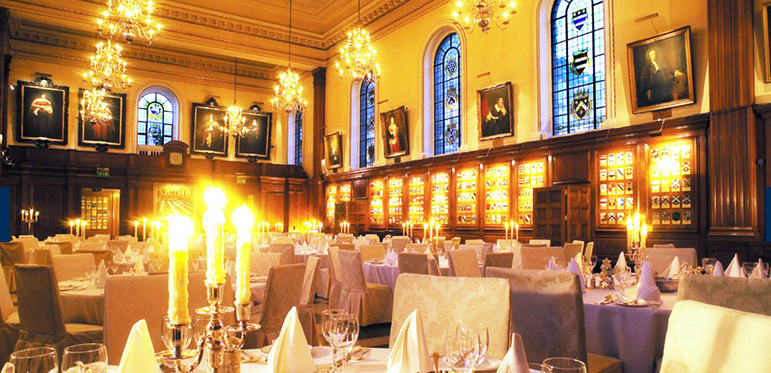
The Shard
See main image at head of this post, but you can hire a variety of spaces in the hotel and the view is just as good as the observation deck. Hutong, a Chinese restaurant, which is accessed via a separate entrance, also has some good small (8-12 people?) private dining spaces with fantastic views, especially at night (image below).

Somerset House, London, WC2
More of a big budget venue, but the river terrace is worth consideration, especially in summer. (Image below, Seamen’s hall).
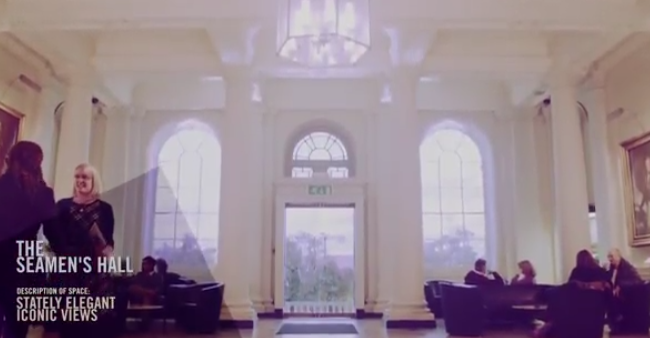
The ‘business playground’ at Pullman St Pancras station, London N1C
A bit ‘out of the box’ especially the boxes that come with the room (below).

The Balcony on the 28th Floor at Galvan at the Hilton Park Lane, London W1
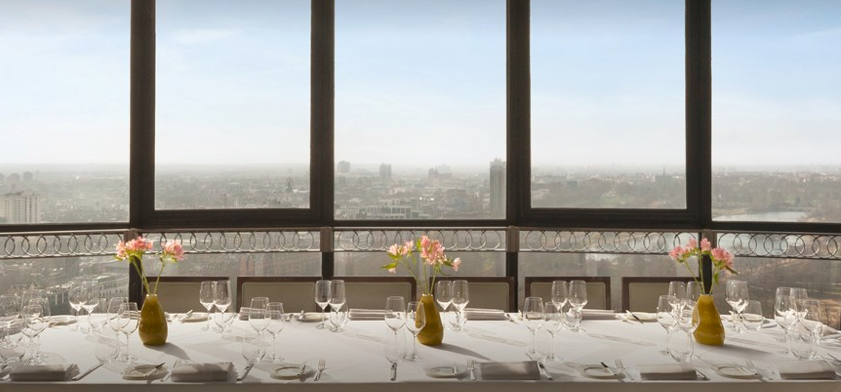
The best view of London…in the 1970s (except for Telecomm Tower, RIP, of course).
Private dining room at Bob Bob Richard, 1 Upper James St, Soho, W1.
Private dining room that’s a cross between the Orient Express (with Agatha Christie on board) and a private yacht that’s gone a bit, well, overboard. Strictly for Russian Oligarchs.

The Delaunay, Covent Garden, 55, Aldwych, WC2
Another private dining room (below) that feels a bit like a private train carriage from the 1930s. Edge of the City rather than Soho this time.
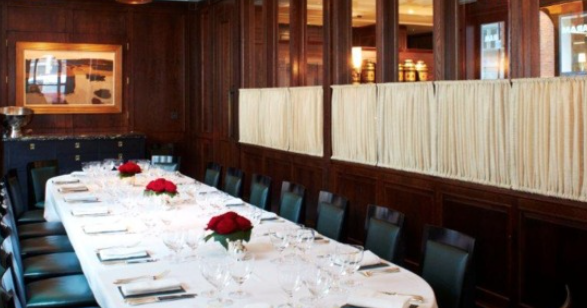
Daphne’s, South Kensington, London, SW3.
Yet another private dining room, but this time with light. The roof comes off in summer.
(Daphne’s below)
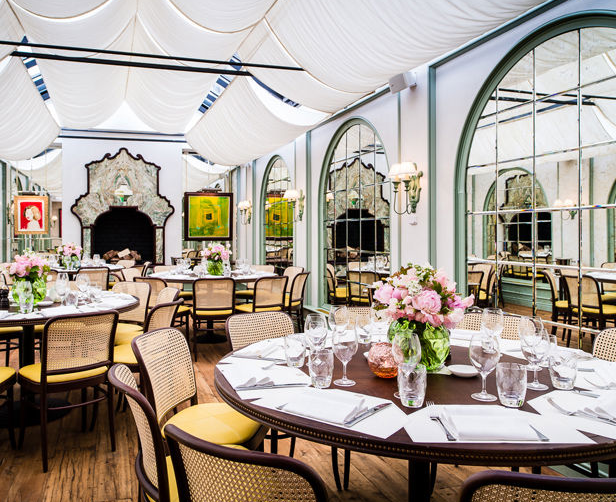
The British Museum
The British Museum. How could I not include this? Hire a space or just walk into the Great Court, one of London’s most amasing spaces, by Foster & Partners. (Image below).

Tate Modern art gallery
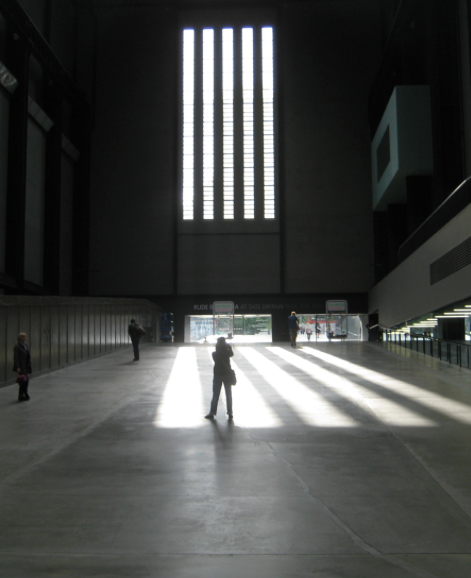
Tate Modern? If it floats your boat. Actually I was part of a London Business School workshop in a hired space here. The room looked out across the Thames and worked out really well. Turbine Hall (above) is great for solo thinking.
Museum of brands
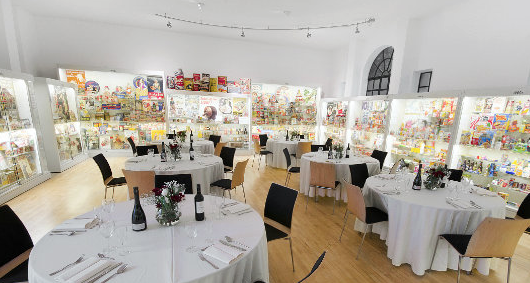
Something a bit off-beat (above). Perfect for FMCG company brainstorms. You can also just wander around by yourself and work out how old you really are (“OMG, I remember those”).
Kew gardens

Not much mention of outdoor thinking spaces so far. Just go for a walk, even if there’s twenty of you. Try somewhere busy (the length of Oxford Street perhaps) or somewhere quiet, like a London park. Kew Gardens (above) can be hired for events.
The Gallery at the Imagination building, South Crescent, WC1
This (below) feels a little like something from Star Wars. Bring your own storm troppers.
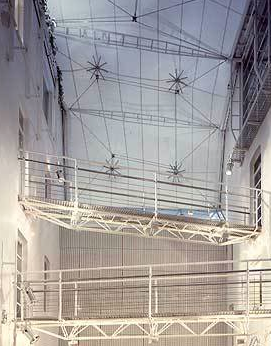
Other thoughts for corporate events? Try the ICA, Museum of London, Royal Academy, Wallace Collection and the Wellcome Collection.
London’s best places to inspire individual thinking**
Here’s the second set of locations, although, as you can see, there’s considerable overlap.
British Museum reading room
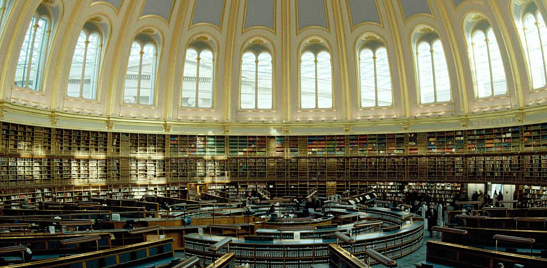
(Above British Museum Reading Room…Shhhhh)
The London library, 14, St James’s square, SW1

(London Library above – you’ll need to join).
The garden of St Dunstan-in-the-East, Idol lane, EC3

(Garden of St Dunstan above – you may find me here in summer)
Sir John Soane’s museum, London, WC2

(Soane above – possibly my favourite museum in London).
Dennis Severs house, London, E1

Dennis Severs House (above). If you need a blast from the past….
The conservatory at the Barbican, Silk Street, London, EC2
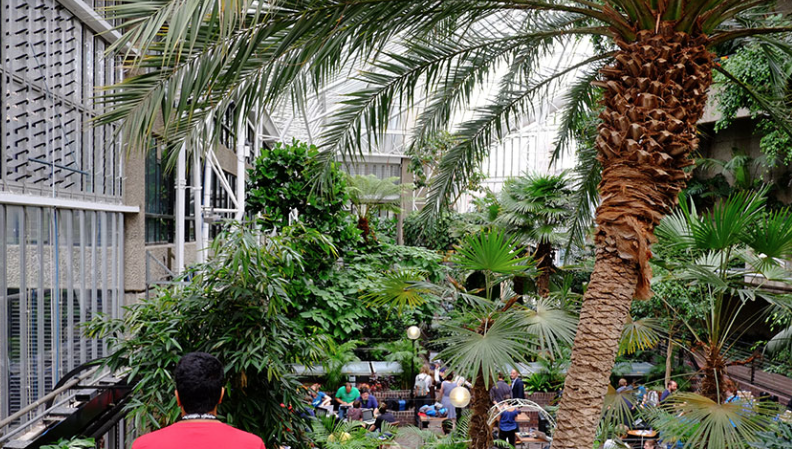
Nobody seems to know about this – possibly because finding the entrance to the Barbican is almost impossible (hint: look for the escalators just off the roundabout. Go see the Museum of London while you are there).
Geffrye Museum walled herb garden, London, E2

Geffrye Museum (above). A good place to think about anything to do with the home and household goods.
Chelsea Physic garden, London, SW3
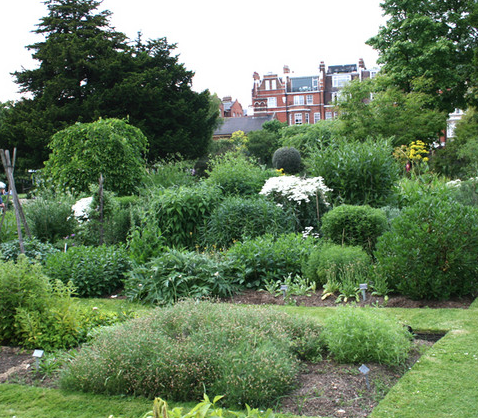
(Chelsea Physic – above. Another of London’s hidden gems).
The cake shop at the London Review bookshop, London, WC1A
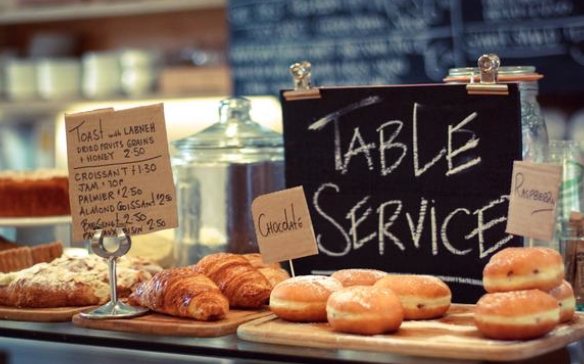
Slightly off the radar, but a lovely quiet spot to think.
Smithfield Meat market

Smithfield (Above, some time ago). Go about 5am when London is waking up. Good for breakfast from about 3am onwards.
Victoria & Albert Museum.
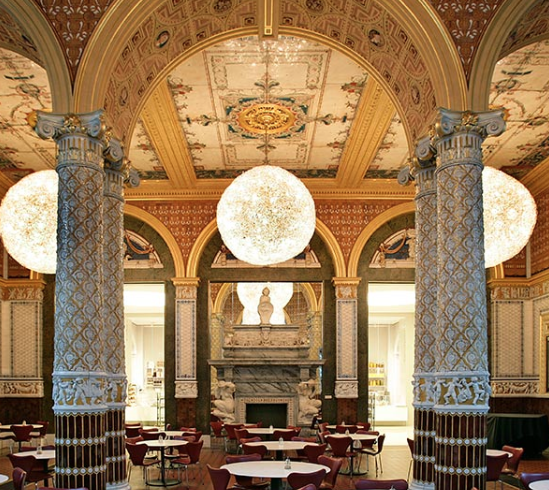
V&A (above) if you must – never cared for either of them myself.
Design Museum
(Design Museum below. A must for designers seeking inspiration).
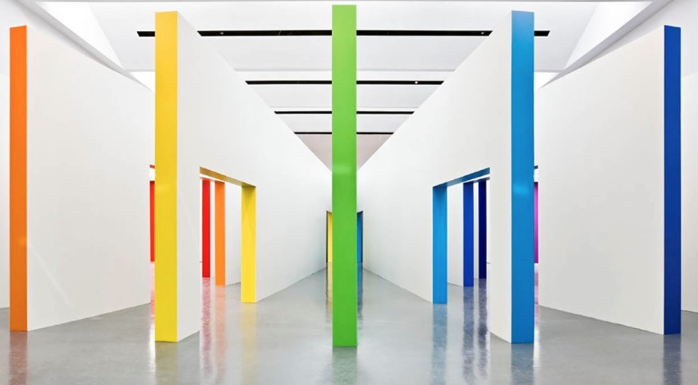
Horniman museum
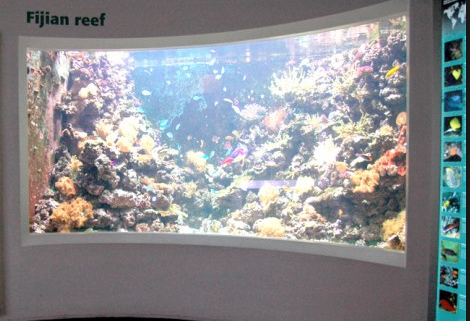
Another of my favourite museums above (Alongside the Soane and the Ashmolean in Oxford). The gardens are great too. All built from tea if I remember the story correctly. BTW, nice Buzzfeed link here on amazing London spaces, including Horniman museum.
Waterstone’s bookshop, London, WC1E
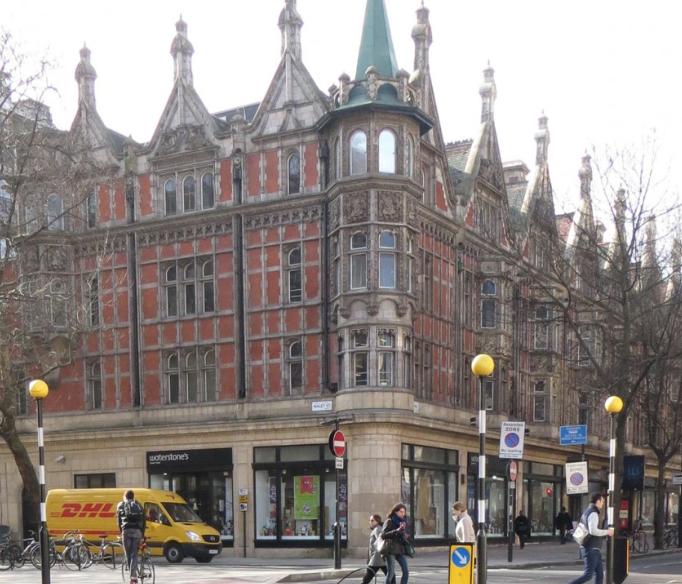
A Shop? Yes. A giant bookshop. I used to have an office a few feet away from here and would wander in aimlessly from time to time. I would often walk out with an idea, largely due to the serendipitous nature of bookshops. (Image above).
Some other ideas (I’m too tired to add more images).
Science Museum
National Portrait Gallery
Dulwich Picture Gallery
Natural History Museum
Albert Bridge to Tower Bridge walk – but try running it.
Running track in in Regent’s Park, London, NW1
Evensong at St Paul’s Cathedral, London, EC4
Or Even song at Westminster Abbey
(All getting into category 3 a bit here!)
A few other offbeat places to think…
Highgate Cemetery
Great sunrise spots
(Do sunrise, not sunset…energy is more positive
The natural swimming pond at King’s Cross, London, N1C
Or try the sauna!
Feeding the ducks in St James’s Park, London, SW1. Got kids? Get ducks!
Driving around the entire M25 (try it!)
——
By the way, if you’ve found a space but need a speaker, get in touch!
* Most of these places will need to be booked well in advance.
** The assumption here is that you’ll wander around in relative silence. If you try to hold a ‘meeting’ you will probably be asked to leave. Many of these spaces do, however, have meeting rooms and other spaces that can be hired.
*** If you’re looking for other restaurants with private rooms I’d suggest you look at Harden’s restaurant guide.

